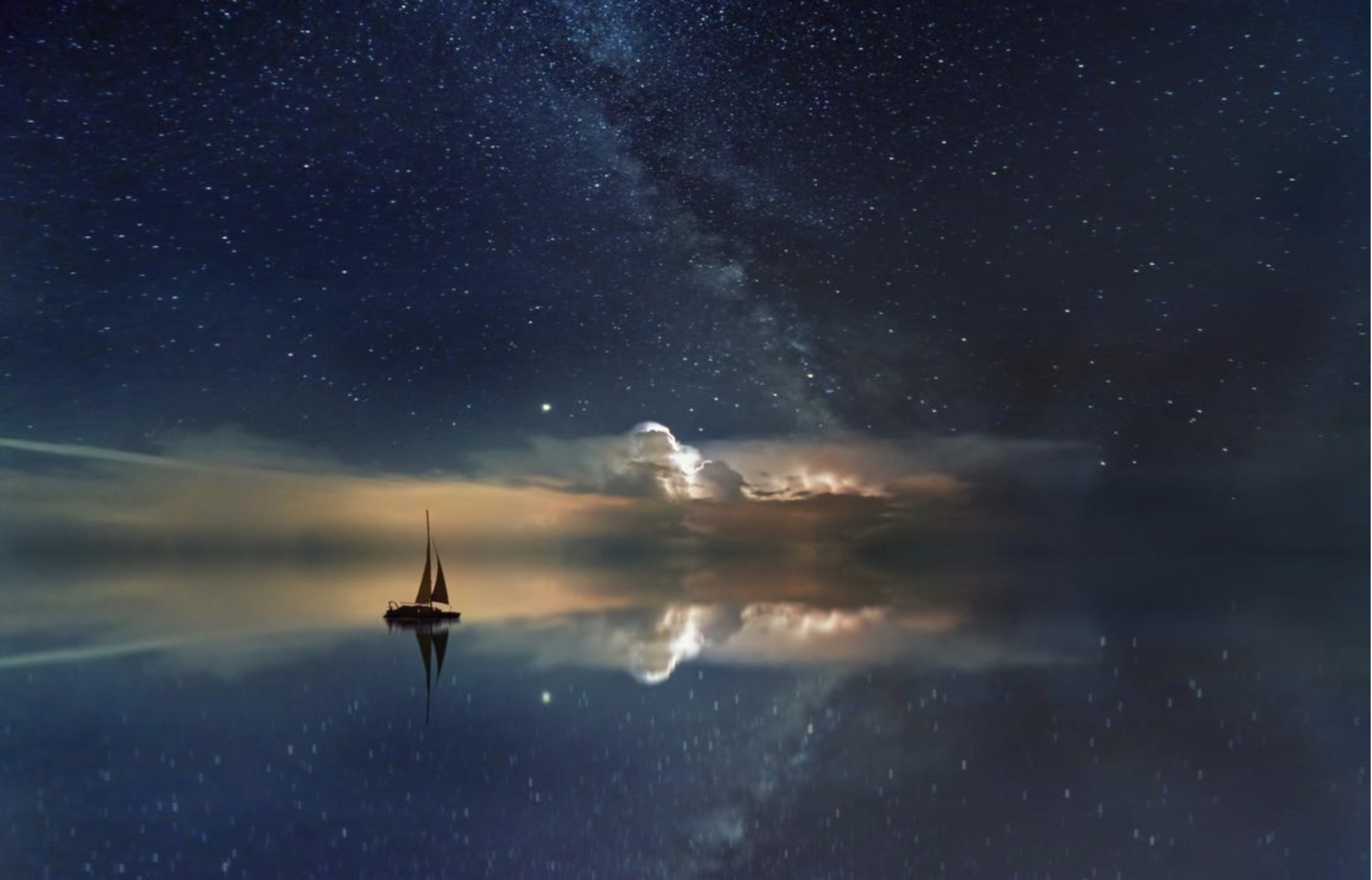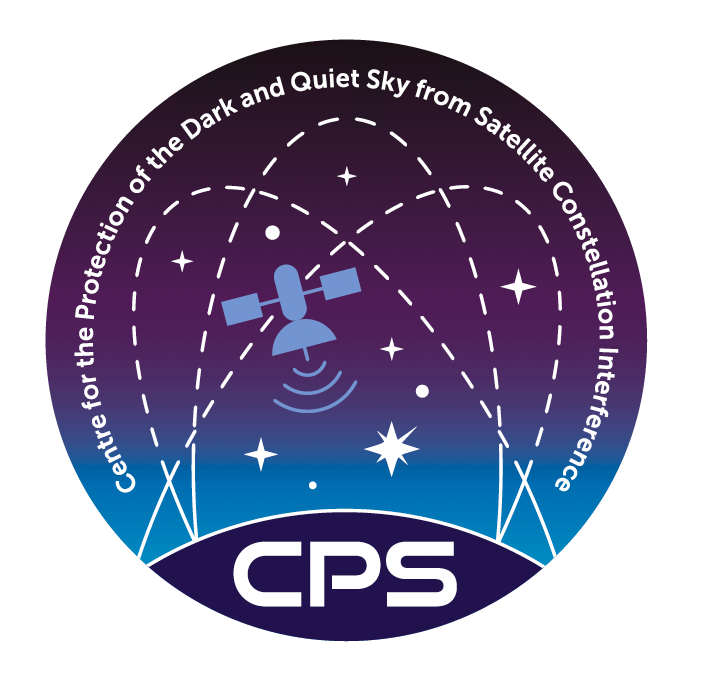Planetary Defense
We are doing our part to protect civilization from devastating asteroid impacts! Our team is part of NASA's congressionally directed effort to find, track, and characterize at least 90 percent of the predicted number of near-Earth Objects (NEOs) that are 140 meters and larger in size - larger than a football stadium. Objects of and above this size are the focus of global search efforts such as the Vera C. Rubin Observatory Legacy Survey of Space and Time (LSST). Since 2022 we also know that if we find an asteroid on collision course with the Earth we do not have to stand idly by. NASA conducted the Double Asteroid Redirection Test (DART), its first successful planetary defense mission. DART hit its target Dimorphos at roughly 15,000 mph on September 26, 2022. The momentum transferred during such a kinetic impact altered both, the mutual orbit of the binary asteroid (65803) Didymos and - to a lesser degree - the asteroid orbit around the Sun. We study the collision between the DART spacecraft and its target asteroid system in order to learn more about how physical properties affect where the asteroid ends up after a kinetic impact. This effort includes the European Space Agency's Hera mission. Someone also needed to make sure no safety concerns arise from changing the heliocentric orbit of the Didymos system. That was us.
 Image credit: APL/NASA
Image credit: APL/NASA Sunset at the Vera C. Rubin Observatory. Image credit: AURA/Rubin/LSST
Sunset at the Vera C. Rubin Observatory. Image credit: AURA/Rubin/LSST Artist impression of DART approaching its target Dimorphos, the moonlet of the larger asteroid (65803) Didymos.
Artist impression of DART approaching its target Dimorphos, the moonlet of the larger asteroid (65803) Didymos. Image credit: NASA/DART


 Artist impression of a potentially habitable world with two suns.
Artist impression of a potentially habitable world with two suns.